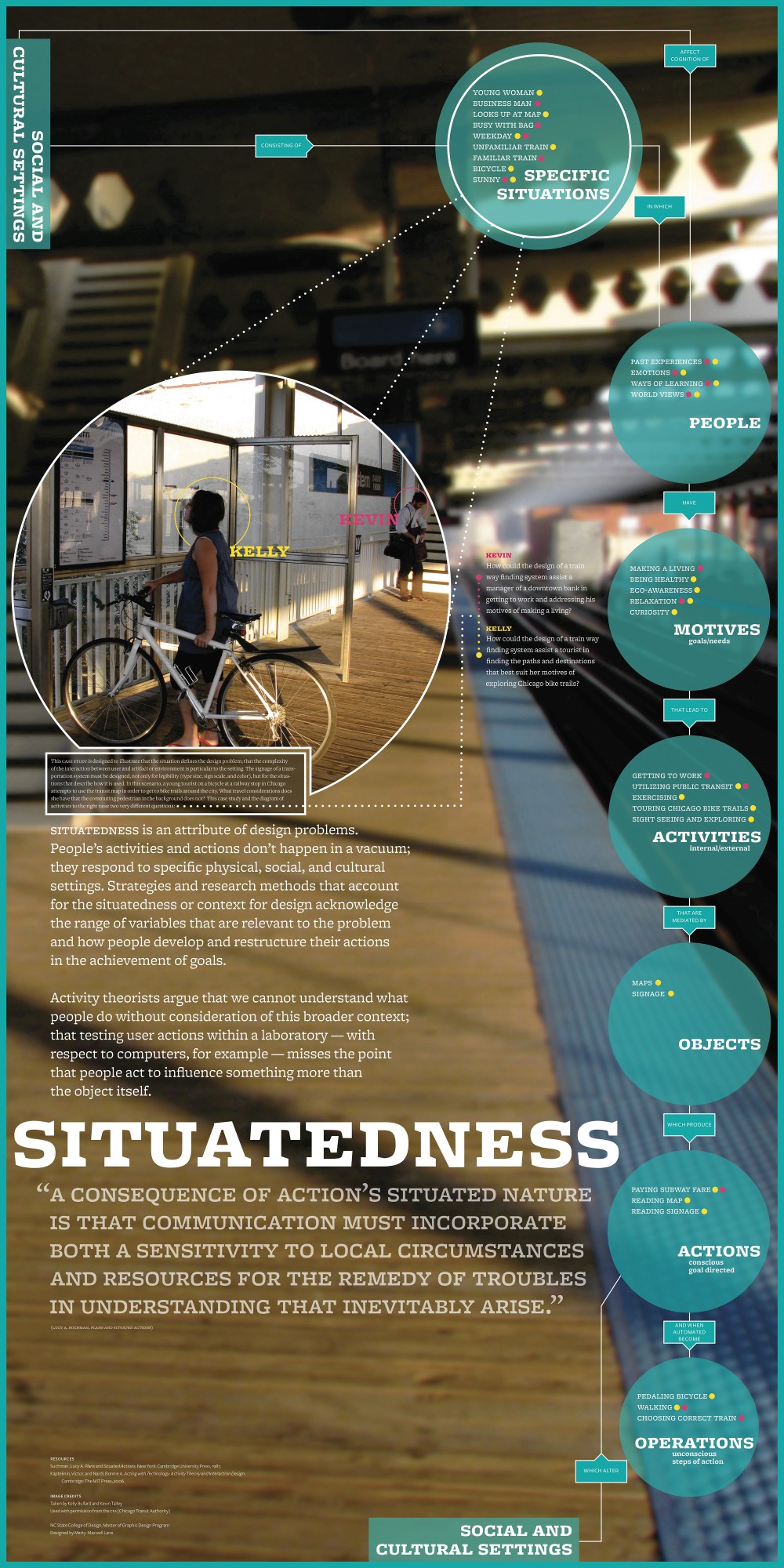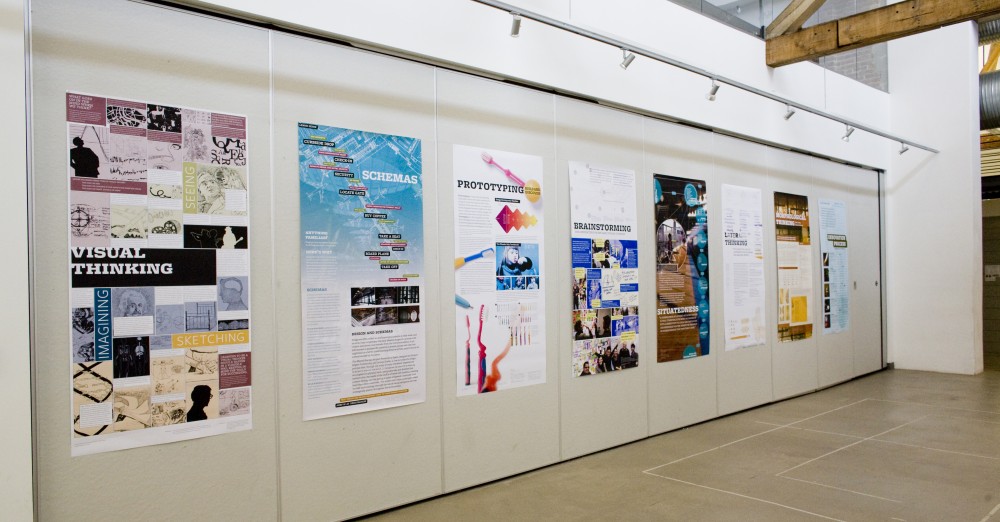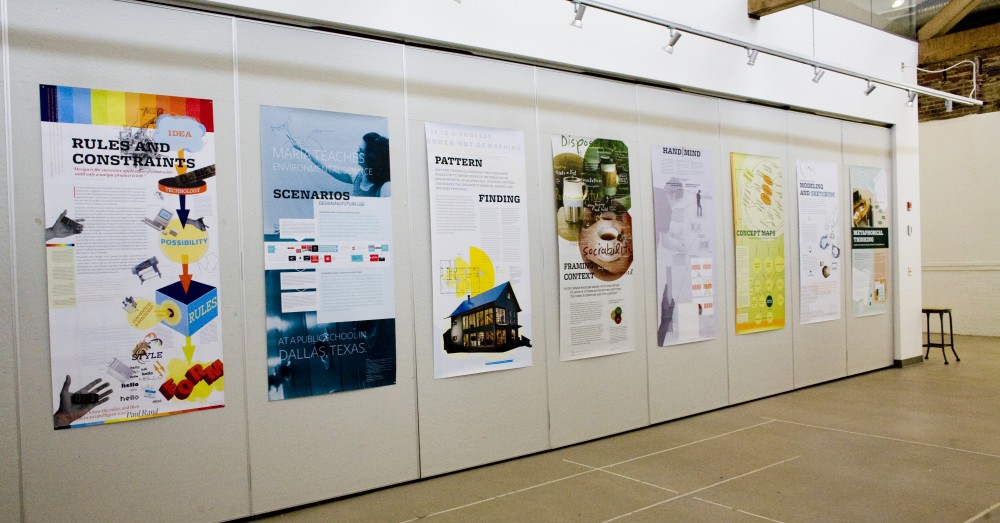 Design Thinking has become a buzzword and through this process has lost meaning. In an effort to clarify Design Thinking, I participated in creating an exhibition to explore sixteen concepts, methods and strategies related to Design Thinking: hand/mind connections, metaphorical thinking, situatedness, pattern finding, visual thinking, concept mapping and diagramming, innovation process, rules and constraints, brainstorming, modeling and sketching, lateral thinking, scenarios, schemas, framing context, prototyping and morphological thinking. I researched, wrote and designed the situatedness poster for the exhibit. These posters now exist on the Cooper Hewitt’s website as a resource for teachers who are using design in the classroom.
Design Thinking has become a buzzword and through this process has lost meaning. In an effort to clarify Design Thinking, I participated in creating an exhibition to explore sixteen concepts, methods and strategies related to Design Thinking: hand/mind connections, metaphorical thinking, situatedness, pattern finding, visual thinking, concept mapping and diagramming, innovation process, rules and constraints, brainstorming, modeling and sketching, lateral thinking, scenarios, schemas, framing context, prototyping and morphological thinking. I researched, wrote and designed the situatedness poster for the exhibit. These posters now exist on the Cooper Hewitt’s website as a resource for teachers who are using design in the classroom.
Text from poster: Situatedness is an attribute of design problems. People’s activities and actions don’t happen in a vacuum; they respond to specific physical, social and cultural settings. Strategies and research methods that account for the situatedness or context for design acknowledge the range of variables that are relevant to the problem and how people develop and restructure their actions in the achievement of goals. Activity theorists argue that we cannot understand what people do without consideration of this broader context; that testing user actions within a laboratory — with respect to computers, for example — misses the point that people act to influence something more than the object itself.
more on the exhibition:
Design Thinking, Graphic Design Masters Exhibit
Flickr Photo set
exhibition photos taken by: Alberto Rigau

